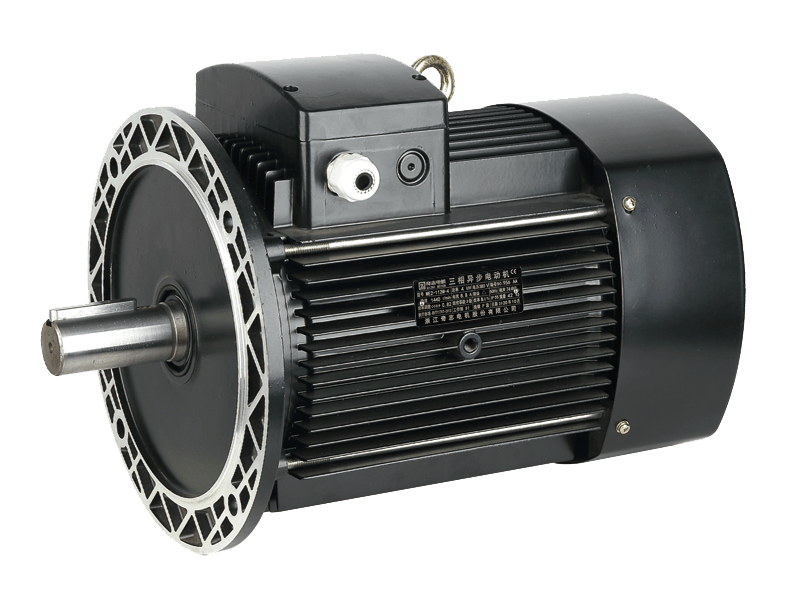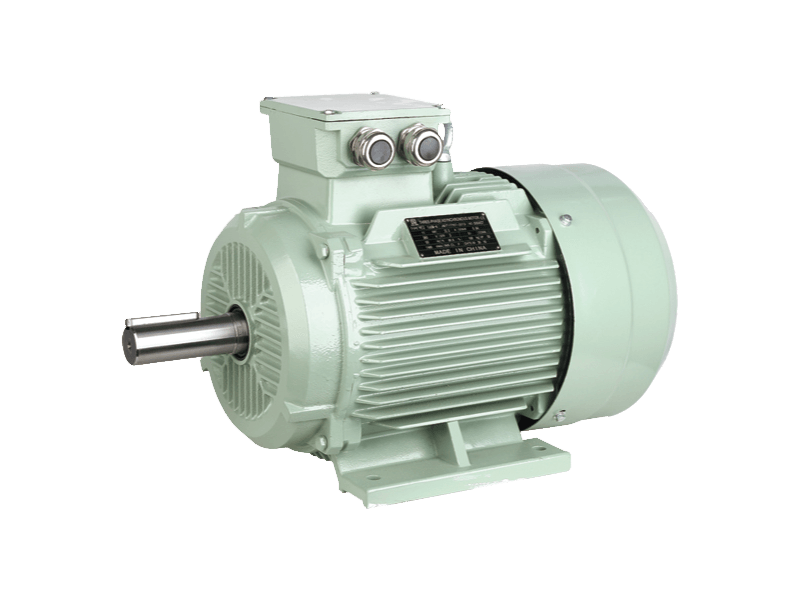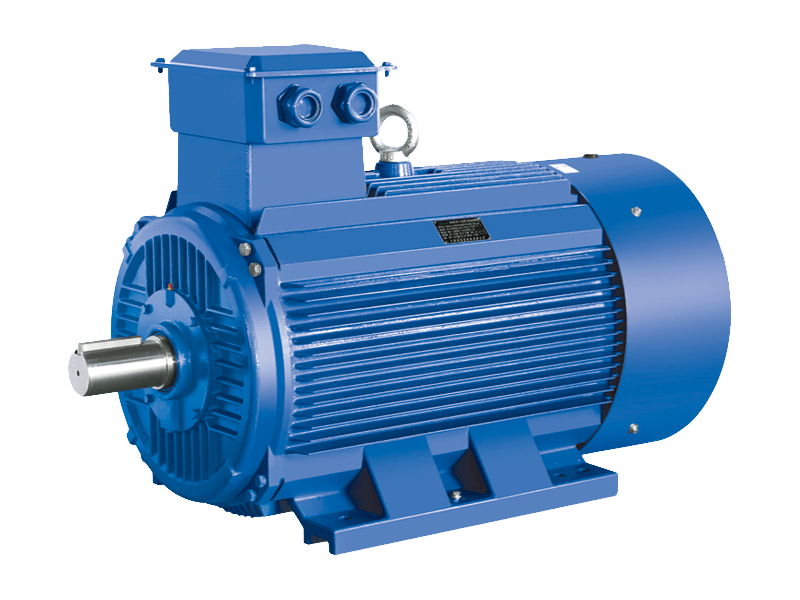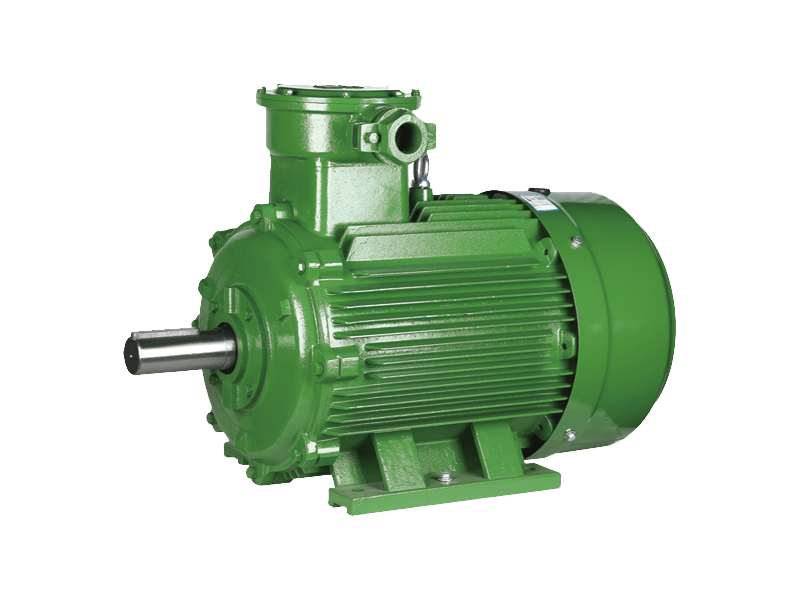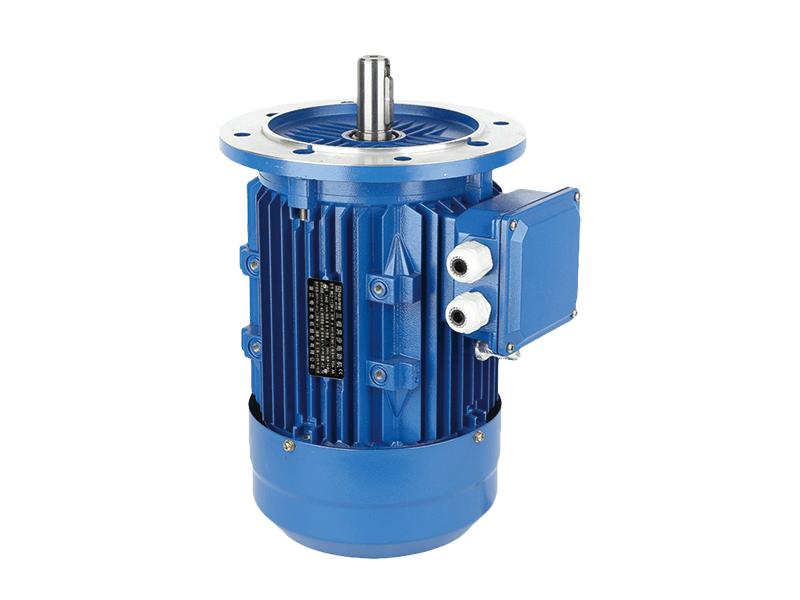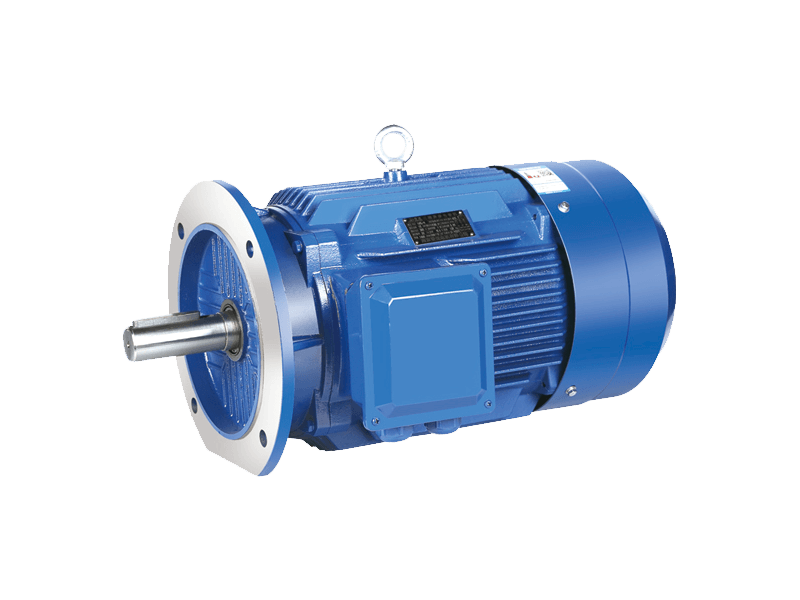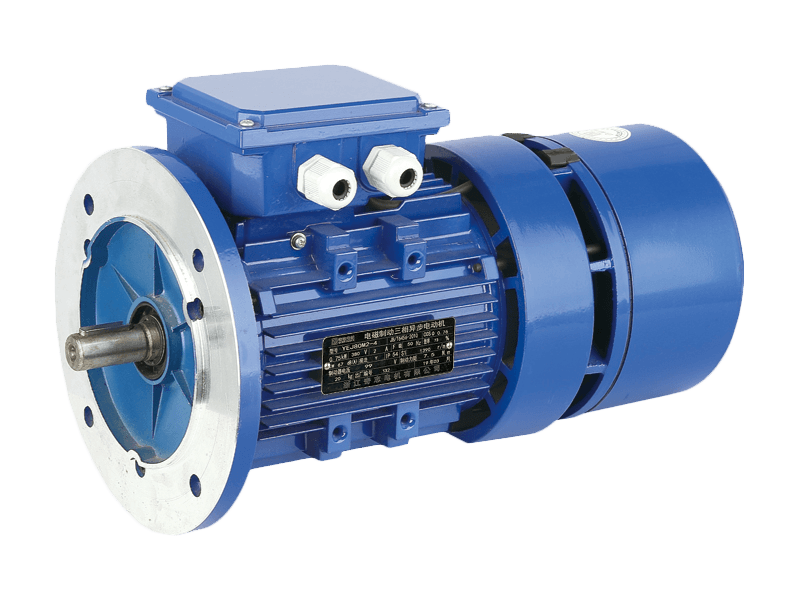In recent years, single-phase motors have become a crucial component in various residential, commercial, and industrial applications. These motors are widely known for their efficiency, affordability, and versatility, making them an ideal solution for powering household appliances, small machines, and even larger industrial equipment. As industries continue to evolve and the demand for energy-efficient solutions rises, single-phase motors are playing an increasingly important role in the manufacturing and energy sectors. This article delves into the growing popularity of single-phase motors, their applications, and how technological advancements are shaping their future.
What is a Single-Phase Motor?
A single-phase motor is an electric motor that operates on a single-phase power supply. This type of motor typically utilizes a two-wire system and is commonly used for smaller appliances and machinery. The single-phase motor is powered by alternating current (AC) electricity, which is typically used in residential settings, as opposed to the three-phase motors that are often found in larger industrial or commercial systems.
Single-phase motors are classified based on their construction and operating principles. The two common types are the split-phase motor and the capacitor-start motor. Both types use different methods to start and maintain rotation, but they share the same basic operating principle of converting electrical energy into mechanical motion.
Applications of Single-Phase Motors
Single-phase motors are incredibly versatile and can be found in a wide variety of applications. They are particularly popular in homes and small businesses due to their lower operating costs and ease of installation. Some common applications of single-phase motors include:
Household Appliances: Many common household appliances such as fans, refrigerators, air conditioners, washing machines, and vacuum cleaners are powered by single-phase motors. These appliances benefit from the motor's low cost and reliability, as well as its ability to run on standard household voltage.
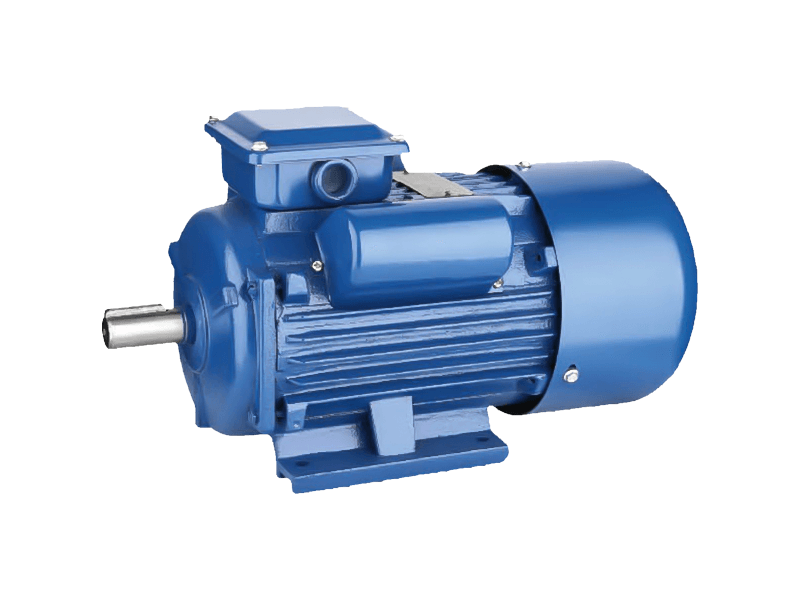
Small Machinery: Small machines used in workshops, such as compressors, pumps, and conveyors, often rely on single-phase motors to function. These motors provide enough power for tasks such as pumping water or running small industrial equipment, making them essential for smaller-scale production processes.
HVAC Systems: Heating, ventilation, and air conditioning (HVAC) systems commonly use single-phase motors to power fans, blowers, and pumps. These motors are ideal for providing consistent performance in residential and light commercial applications.
Agricultural Equipment: In agriculture, single-phase motors are used to power equipment such as irrigation pumps and grain processing machines. Their ability to operate efficiently on standard electrical systems makes them a practical solution for farmers and agricultural businesses.
Pumps and Fans: Single-phase motors are widely used in pumps and fans for water circulation, ventilation, and cooling. These motors are well-suited to powering these systems because of their reliability and efficiency.
Why Single-Phase Motors are Gaining Popularity
Several factors contribute to the rising demand for single-phase motors. As industries and consumers alike become more conscious of energy efficiency, these motors offer a practical solution for those looking to reduce energy consumption while maintaining reliable performance. The affordability and accessibility of single-phase motors also make them an attractive choice for both residential and commercial applications.
Energy Efficiency: With the growing emphasis on reducing energy consumption and lowering electricity costs, single-phase motors are increasingly being seen as an efficient option. Their ability to convert electrical energy into mechanical energy with minimal losses makes them ideal for applications where energy efficiency is important.
Cost-Effectiveness: Single-phase motors are typically less expensive than their three-phase counterparts. This lower cost is particularly beneficial for small businesses or homeowners who need an affordable motor solution. Additionally, single-phase motors are relatively easy to install and maintain, further reducing their total cost of ownership.
Simplicity of Design: The design of single-phase motors is relatively simple, making them easier to manufacture and repair. This simplicity results in a lower risk of mechanical failure and reduces the need for costly repairs or replacements.
Widespread Availability: Single-phase motors are widely available and can be found in electrical and hardware stores. The ubiquity of these motors has contributed to their popularity, as they can be easily sourced and replaced when necessary.
